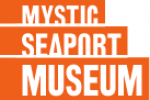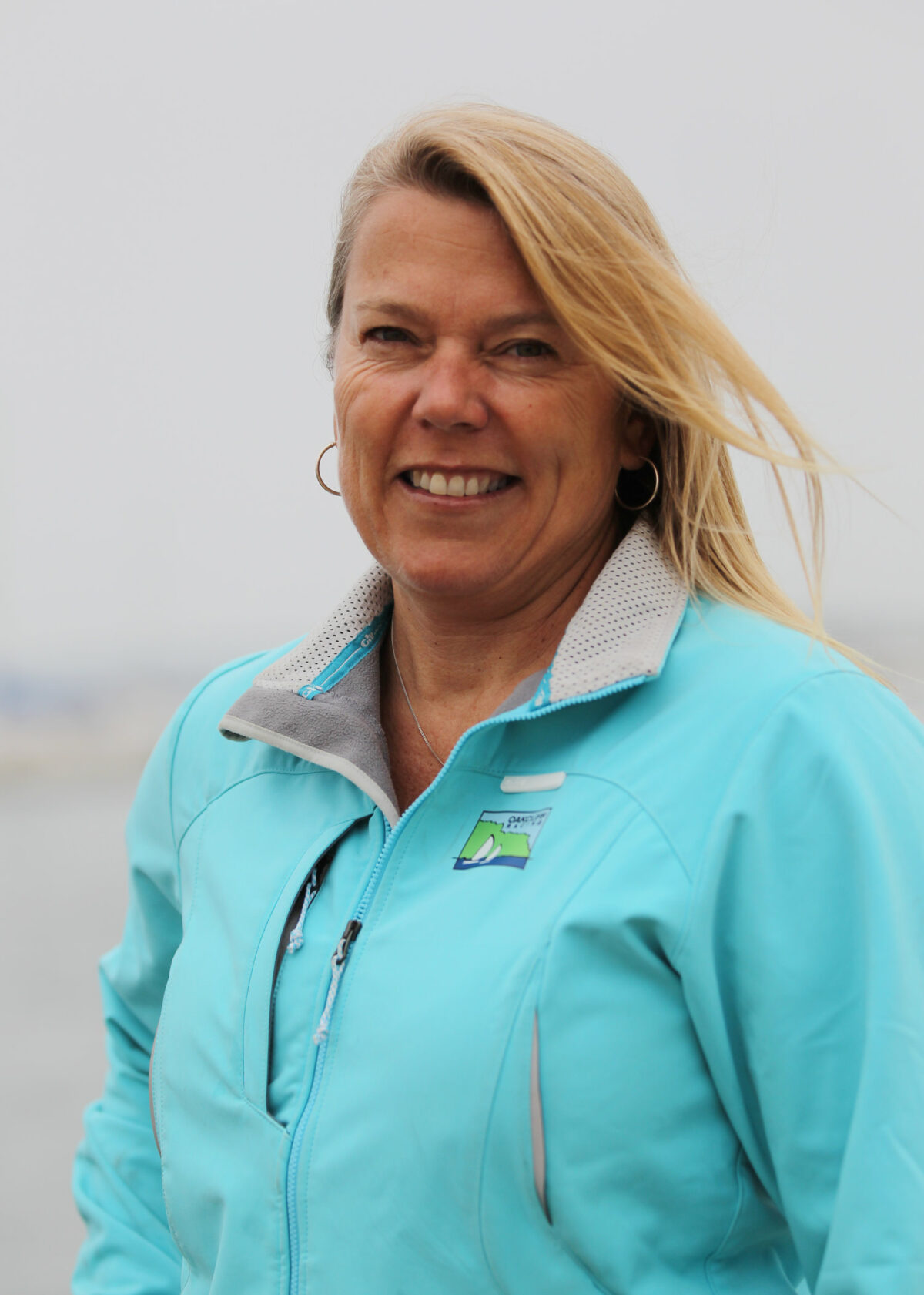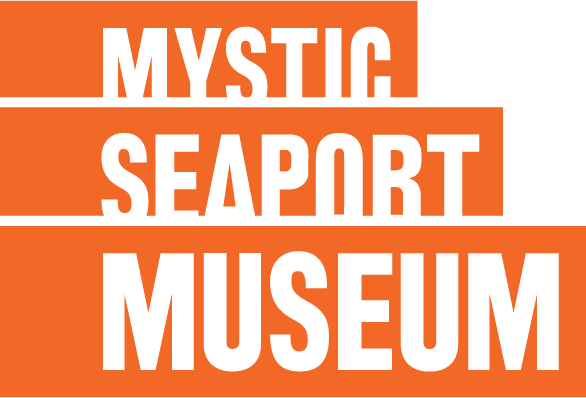Mystic, CT (March 12, 2018) — Artist John Grade will return to Mystic Seaport March 20-21 to add pieces to his kinetic sculpture Murmur: Arctic Realities, currently on exhibit in the Collins Gallery at the Museum.
Grade will add panels to two of the steel spines that support the piece. Murmur: Arctic Realities is an intricately carved sculpture (15’ x 38’ x 42’) that represents a pingo, a hill of ice that grows over centuries in the Arctic’s highest latitudes, then collapses, pockmarking the tundra. This sculpture simulates a pingo in Alaska’s Noatak National Preserve that Grade saw when he was exploring the tundra two years ago.
Just as a pingo grows over time in the natural world, so Grade envisioned his piece would evolve as it toured museums and galleries before its final stop at Anchorage Museum. And even there, Murmur will again change as it will hang upside down from a ceiling in a gallery, offering visitors an entirely different experience.
“Evolution and change are what interest me most with my projects rather than arriving at a static state of completion or finish,” Grade said. “Rather than aiming to preserve a sculpture in an ideal state, I am also more interested in witnessing and understanding how it might change through interaction with time and the elements. As a project is exhibited in multiple venues, it is important to me that it relate to each space in a different and site specific way each time, ideally changing its configuration or orientation in some significant way as well.”
The evolution of the piece was part of what attracted Mystic Seaport to the idea of staging the exhibition in the Thompson Building, said Nicholas Bell, senior vice president for curatorial affairs at the Museum.
“When John set out to create his own Arctic landform, he knew it would evolve over time as it moved from museum to museum,” Bell said. “Visitors to Mystic Seaport have already enjoyed the installation’s international debut. Now they will be able to see the monumental sculpture change before their eyes when he returns this month to apply new wood panels to the form’s kinetic steel spines.”
The piece is carved from salvaged Alaskan yellow cedar. Grade will be adding panels to two of the eight spines that hold the piece. The top of the spines open and close, powered by hydraulic and pneumatic cylinders, to also mimic a pingo’s growth and collapse.
Murmur: Arctic Realities is open from 10 a.m. to 4 p.m., Thursday-Sunday, through March 23. Beginning Saturday, March 24, the Museum is open 9 a.m. to 5 p.m., seven days a week.
About Mystic Seaport
Mystic Seaport is the nation’s leading maritime museum. Founded in 1929, the Museum is home to four National Historic Landmark vessels, including the Charles W. Morgan, America’s oldest commercial ship and the last wooden whaleship in the world. The Museum’s collection of more than two million artifacts includes more than 500 historic vessels and one of the largest collections of maritime photography in the country. The Thompson Exhibition Building provides a state-of-the-art gallery to host compelling, world-class exhibitions, including Murmur: Arctic Realities, which opened January 20, 2018. The Collections Research Center at Mystic Seaport provides scholars and researchers from around the world access to the Museum’s renowned archives. Mystic Seaport is located one mile south of Exit 90 off I-95 in Mystic, CT. For more information, please visit https://mysticseaport.wpengine.com/ and follow Mystic Seaport on Facebook, Twitter, YouTube, and Instagram.



 Riley stands alone as the first woman to compete in both the America’s Cup and in the Whitbread Round the World Race, two of the pinnacles in the sport of sailing that prior to her had been all but closed to women sailors. Riley also went on to become the first American, male or female, to sail in three America’s Cups and two Whitbread Round the World Races.
Riley stands alone as the first woman to compete in both the America’s Cup and in the Whitbread Round the World Race, two of the pinnacles in the sport of sailing that prior to her had been all but closed to women sailors. Riley also went on to become the first American, male or female, to sail in three America’s Cups and two Whitbread Round the World Races. David Rockefeller Jr., Chairman of Rockefeller & Co., is an active participant in the nonprofit arena, especially in the areas of the environment, the arts and philanthropy. He served as a member of the Pew Oceans Commission from 2000-2003, and he founded Sailors for the Sea to educate the recreational boating community about significant challenges to ocean health and to motivate them to become ocean stewards. Sailors for the Sea is located in Newport, RI, with satellite offices in Japan, Portugal, and Chile.“Sailors for the Sea and I are incredibly honored to join the illustrious roster of America and the Sea Award recipients. Through this opportunity we look forward to fostering an even deeper collegial relationship with Mystic Seaport, broadening the scope and outreach of both organizations. It paves the way for our two organizations to collaborate more directly on projects that serve our shared ideals, and raise awareness of the issues both organizations hold dear, our maritime past and present and the future vitality of our oceans,” said Rockefeller.
David Rockefeller Jr., Chairman of Rockefeller & Co., is an active participant in the nonprofit arena, especially in the areas of the environment, the arts and philanthropy. He served as a member of the Pew Oceans Commission from 2000-2003, and he founded Sailors for the Sea to educate the recreational boating community about significant challenges to ocean health and to motivate them to become ocean stewards. Sailors for the Sea is located in Newport, RI, with satellite offices in Japan, Portugal, and Chile.“Sailors for the Sea and I are incredibly honored to join the illustrious roster of America and the Sea Award recipients. Through this opportunity we look forward to fostering an even deeper collegial relationship with Mystic Seaport, broadening the scope and outreach of both organizations. It paves the way for our two organizations to collaborate more directly on projects that serve our shared ideals, and raise awareness of the issues both organizations hold dear, our maritime past and present and the future vitality of our oceans,” said Rockefeller.






